
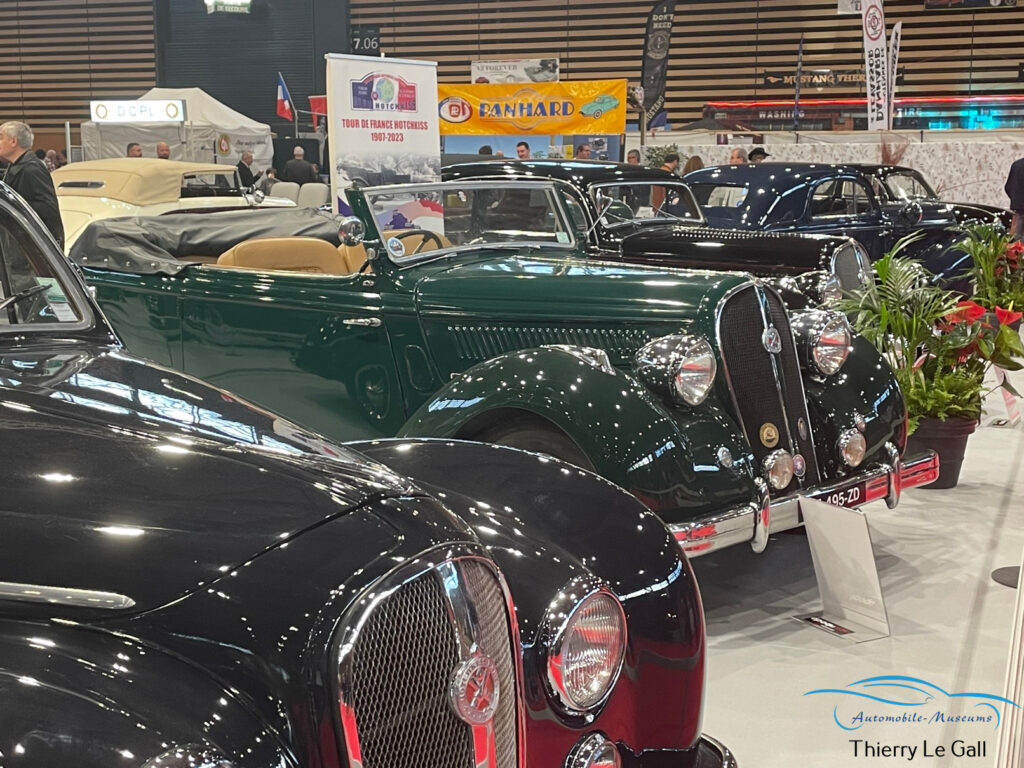

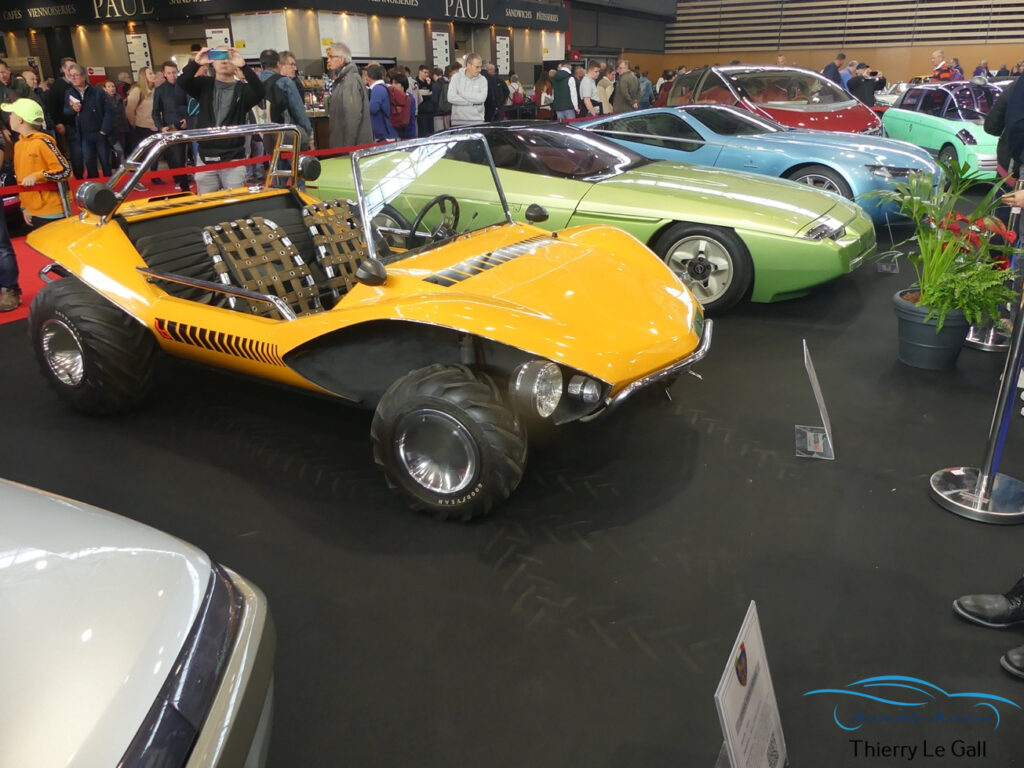
Introduction
For 3 days, Epoqu’auto transformed Lyon’s Eurexpo exhibition center into a true ephemeral automotive museum, featuring several hundred cars. As in previous years, a number of themed displays presented a fine selection of models, with this year’s spotlight on Ford Mustang, Hotchkiss, Matra, MG, Bertone, rallying and Formula 3.
My Favorites
A few favorites are necessarily very subjective in all the wonders exhibited…
- The Citroën C4-C6 Vintage Club stand
- The 1937 Hotchkiss 686 bodied as a two-tone cream-bordeaux convertible by Antem
- 2 Bertone concepts, the Camargue (1972), based on Citroen GS) and the Karisma, a Porsche 911 4-seater (1994)

Epoqu’auto
Epoqu’auto is organized by the 3A club, a non-profit association. Therefore, there are are no less than 300 volunteers who work all year round to prepare the event, and of course to welcome the public during the show. A total of 900 exhibitors, including 560 dealers and 200 brand clubs, displayed their wares on almost 90,000 m². Following a 12% increase in the number of visitors in 2023, Epoqu'auto 2024 attracted 109,000 visitors, an increase of almost 15%, with the symbolic 100,000 visitor mark well passed. A date has already been set for the 46th edition in Lyon on November 7, 8 and 9, 2025, with a program that the organizers promise will be mouth-watering! Here's a look back at the exhibits.

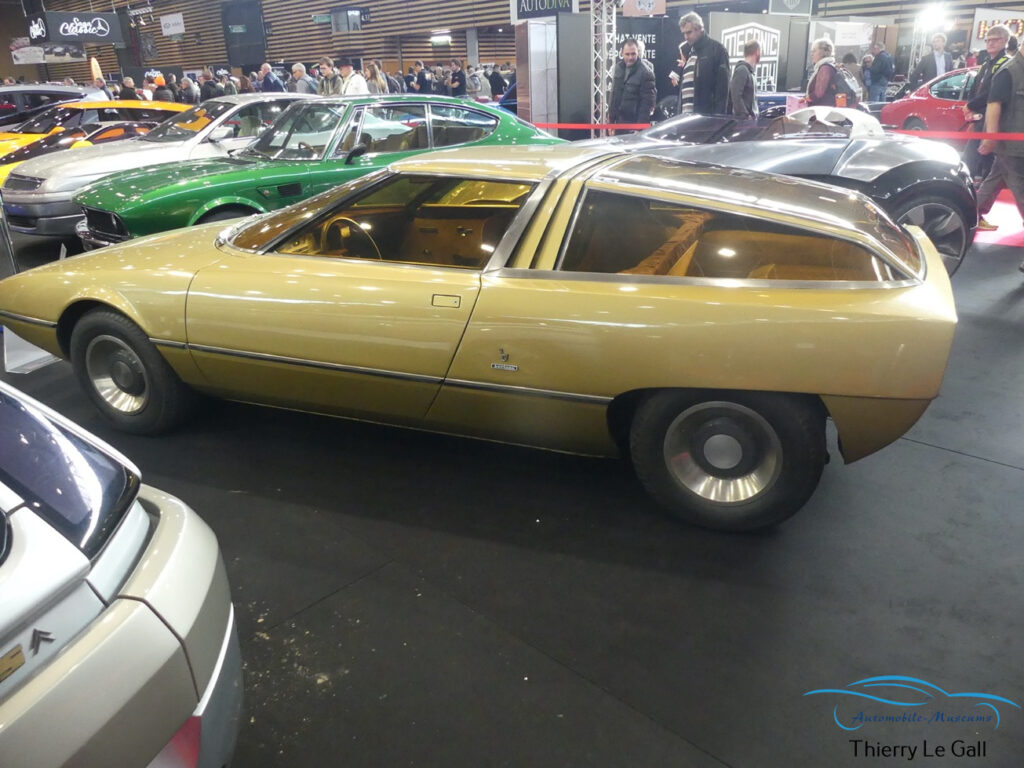

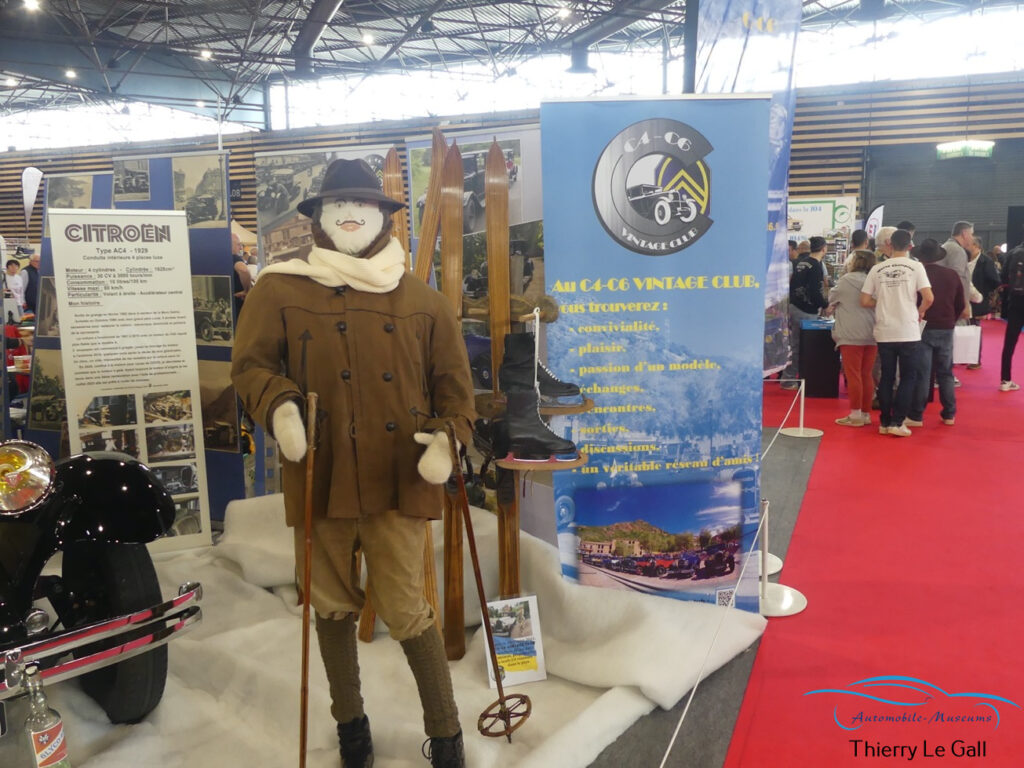
Ford Mustang
The Ford Mustang celebrated its 60th anniversary in 2024, and the organizers chose the American sports car to illustrate the show’s poster. Epoqu’auto, in collaboration with the Club Mustang France, has assembled a dozen models to retrace its history. Coupes and convertibles, muscular Shelby-badged versions such as the 1966 and 1969 Shelby GT 350 Fastback or the famous GT 390 Fastback from the film Bullit (starring Steve McQueen), or the 1962 Boss 302.






A 1965 Mustang 289 Coupé, a clone of the Mustang entered in the Monte-Carlo rally by Ford France, reminds us that the Pony Car has also distinguished itself in competition. A Mustang II (1978) and a Mustang III Cabriolet (1986) represent less spectacular generations, before the 5th generation returned “to basics” in the mid-2000s.





MG
2024 marks the 100th anniversary of the British brand, now under Chinese flag, and the anniversary was celebrated in style at all the vintage shows this year. The line-up presented at Epoqu’auto followed the brand’s evolution from the 1930s to the youngtimers of the 2000s. The chronology begins with the Midgets that made MG’s reputation until the 1950s, the pre-war coupes and sedans.





The small MGA and MGB convertibles of the 1960s were phenomenally successful worldwide, while the sedans were often slightly sportier Austins, with modest commercial success. In the 2000s, MGs were sporty Rovers, quite popular today as youngtimers.






Several racing cars were on display, including an exact replica of the MGA from the 1955 Le Mans 24-hour race, and the spectacular Metro 6R4 Group B rally car.





Other rare models included a beautiful 1935 NA Airline (6 examples produced), a berlinette by Belgian coachbuilder Jacques Coune, an MGB-based coupé produced in around 100 examples before the factory took up the idea with the MGB GT, and the spectacular XPower (86 units), a 2-seater coupé with V8 engine and carbon bodywork!





Hotchkiss
Founded in 1904, the Hotchkiss automobile branch is celebrating its 120th anniversary, even though production ceased in 1954. Hotchkiss produced elegant cars with a reputation for great reliability, in what today would be called a premium brand. The very active Club Hotchkiss France had assembled some twenty models for the occasion, starting with the AD and AM types of the 1910/1920s.





From the 1930s onwards, bodywork became more aerodynamic, and Hotchkiss offered some very elegant coupés, coaches and convertibles, such as the 680 Basque or convertible Monte Carlo, the 686 Coupe Megeve or Modane Grand Sport.







After the war, production of these models resumed in very small quantities, then in the early 1950s, Hotchkiss attempted to modernize its models, with the more affordable Amilcar B38, the modern Hotchkiss-Gregoire, but complex and too expensive to produce. Only 7 examples of the Chapron-built coach were produced, while the last joint chassis with Delahaye gave birth to the Monceau sedan, bodied by Chapron but never marketed.





Matra
Another anniversary of a defunct brand with the 60th anniversary of Matra. More than fifteen models were on display, representing the brand’s different universes over the course of its existence. Small sports cars from the Djet, inherited from Rene Bonnet’s takeover to the mid-engined coupes developed by Matra, with the 530, followed by the Bagheera and Murena, offering 3 seats abreast.

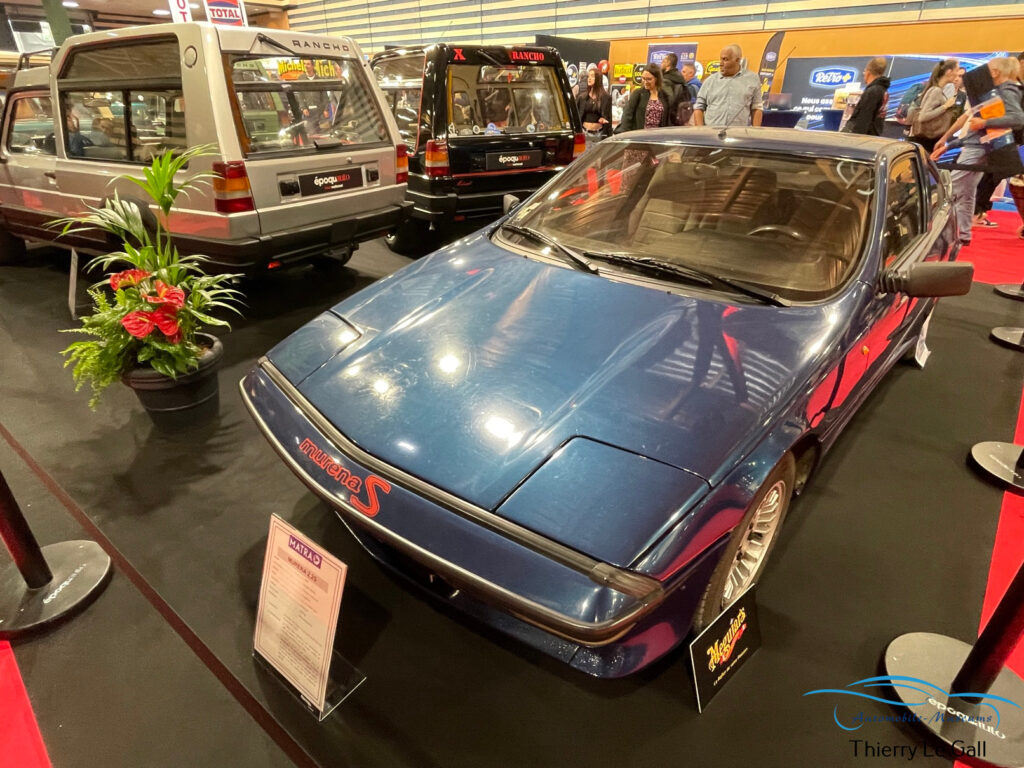
Several models of the Matra Rancho, a kind of station wagon with large windows – we’d call it a crossover today – were on display, including a convertible version. Matra’s big success has been the Espace, several generations of which were on display, including a model used in the initial concept’s presentations to Renault. The Avantime, a cross between a coupe and an Espace, marked the end of Matra Automobile production.



2 concepts cars, M25 (1989) and M72 (2000), represented Matra’s advanced design activity, demonstrating know-how and innovative concepts.

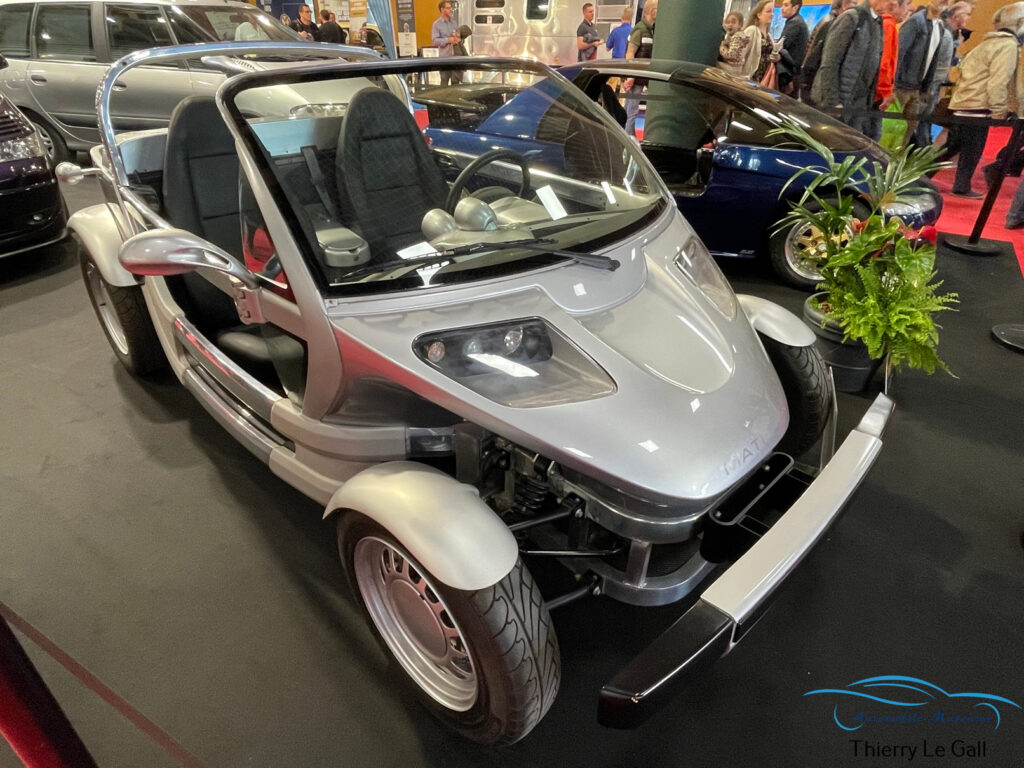
Finally, competition was obviously present, with the MS80 F1 world champion with Jackie Stewart (the car bears his signature) and one MS670, the most successful sports-prototype model, with 2 world championships in 1973 and 1974, and three victories in the 24 hours of Le Mans in 1972, 1973 and 1974. The sports package is completed by 2 engines, the MS9, a unit of the illustrious Matra V12, and the much lesser-known MS82, a V6 Turbo developed to power Ligier F1 cars but which never actually raced, although its performance on the bench was very good.




Bertone
The Bertone stand, perhaps not the most beautiful, depending on one’s tastes and affinities, but in my opinion the most exceptional. This stand brought together models from the Bertone collection. Following the liquidation of the company, the Bertone collection, which cannot be dispersed as it is protected by the Italian State, was acquired by the Italian Historic Automobile Club. The collection comprises some 80 items, including complete vehicles in running order, chassis and styling studies.
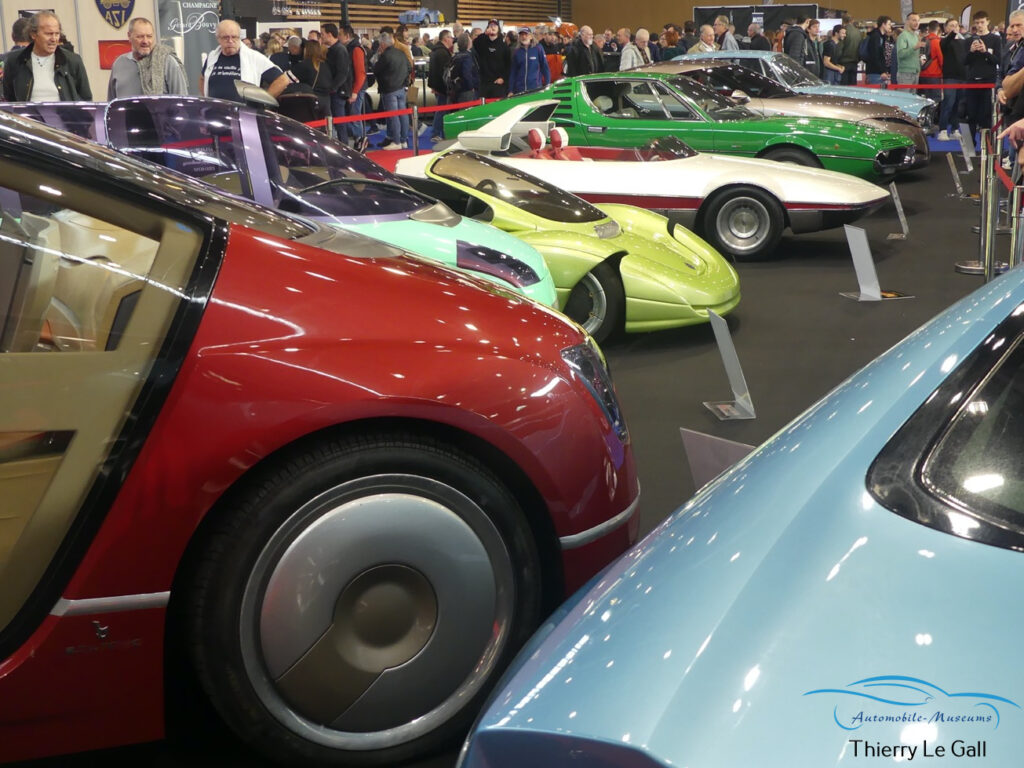

Epoqu’auto succeeded in bringing 24 models, designed by “Carrozzeria Bertone” from the early 1960s to 2007. Until the 2000s, few automakers had a fully-fledged in-house styling department, so they called on outside designers to conceive their new models. The Italians reigned supreme in this market, and Bertone was one of the most fertile houses, with innovative, daring, spectacular designs… Suffice it to mention the trio of Lamborghini Miura, Lamborghini Countach and Lancia Stratos to set the level.



The Bertone Epoqu’auto exhibition brought together production cars, styling studies made for manufacturers but never put into production, and pure show cars. These were exceptional cars, and obviously unique in the case of the styling studies and show cars, which are rarely seen outside their initial presentation at a motor show. On the production side, in addition to the 3 cars mentioned above, there were two Alfa Romeos, a 1963 Giulia SS and a 1972 Montreal.



In terms of styling studies and show cars, I’d single out the Camargue, a coupé based on the Citroen GS (1972) which was enthusiastically received on presentation, but not retained by Citroen; the Porsche 911 Karisma (1994), which could have been an interesting 4-door sedan based on the 911 (with the rear engine); and the Birusa, an innovative study based on the BMW Z8 with its 400 hp V8.





Youngtimers
With Youngtimers becoming increasingly popular, Epoqu’auto has set aside a special area for them, dedicated this year to Japanese cars. The exhibition showcased several styles of Japanese cars, including small “K-cars”, popular in Japan because of their favorable tax status, but rare on our roads.


Some well-known sports cars, such as the Honda S2000, Mazda RX-7 and Toyota 2000 GT, were accompanied by a Honda NSX, often referred to as the “Japanese Ferrari”.





Not really in the youngtimer category, the Mazda 787B, winner of the 1991 24 Hours of Le Mans, was lined up alongside a Mazda MX5 from a limited series from Mazda UK (23 units) featuring the decoration of the Le Mans car.


Another curiosity, virtually non-existent outside Japan, is the Toyota Century, a very exclusive limousine and the only Japanese car equipped with a V12 engine.

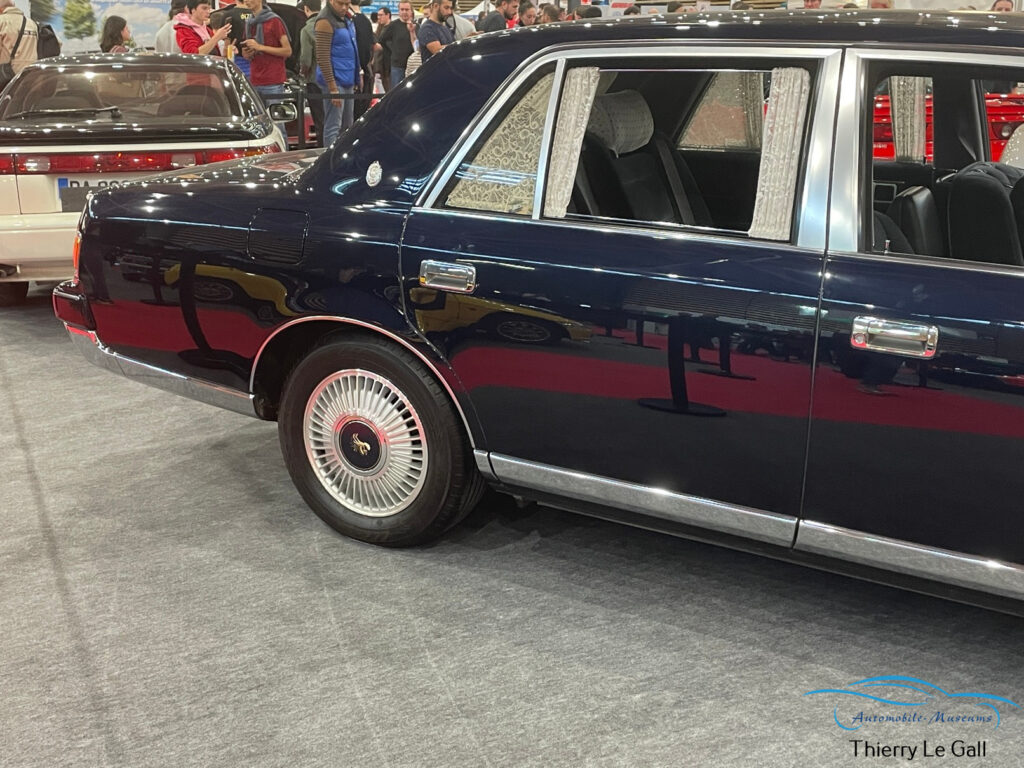
Among the “youngtimer” clubs, the VW Scirocco and G60 clubs presented an interesting selection of these Wolfsburg sporty models.

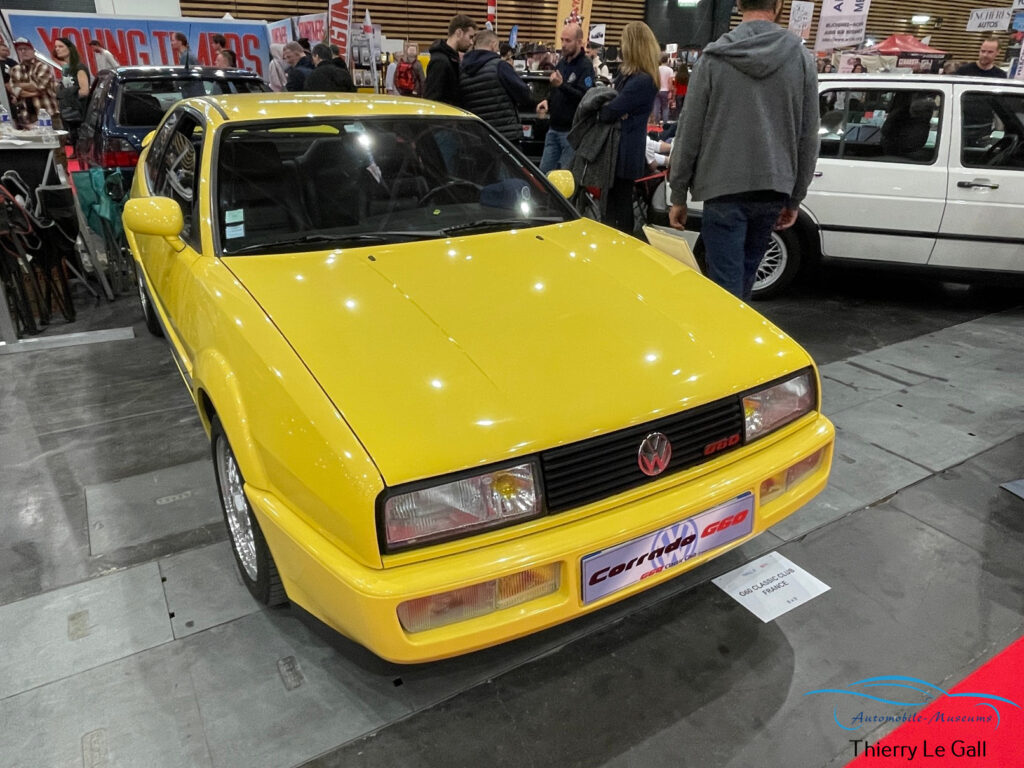
Rally
Once again this year, Epoqu’auto presented a rally exhibition, this time dedicated to Guy Frequelin. An eclectic driver, he competed mainly in rallying (vice-world champion in 1981), rallycross and rally-raid. He was also the emblematic boss of Citroen Sports, a period marked by numerous victories and championships, first in rally-raid and the Dakar, then world championship titles in WRC, notably with Sebastien Loeb as driver.

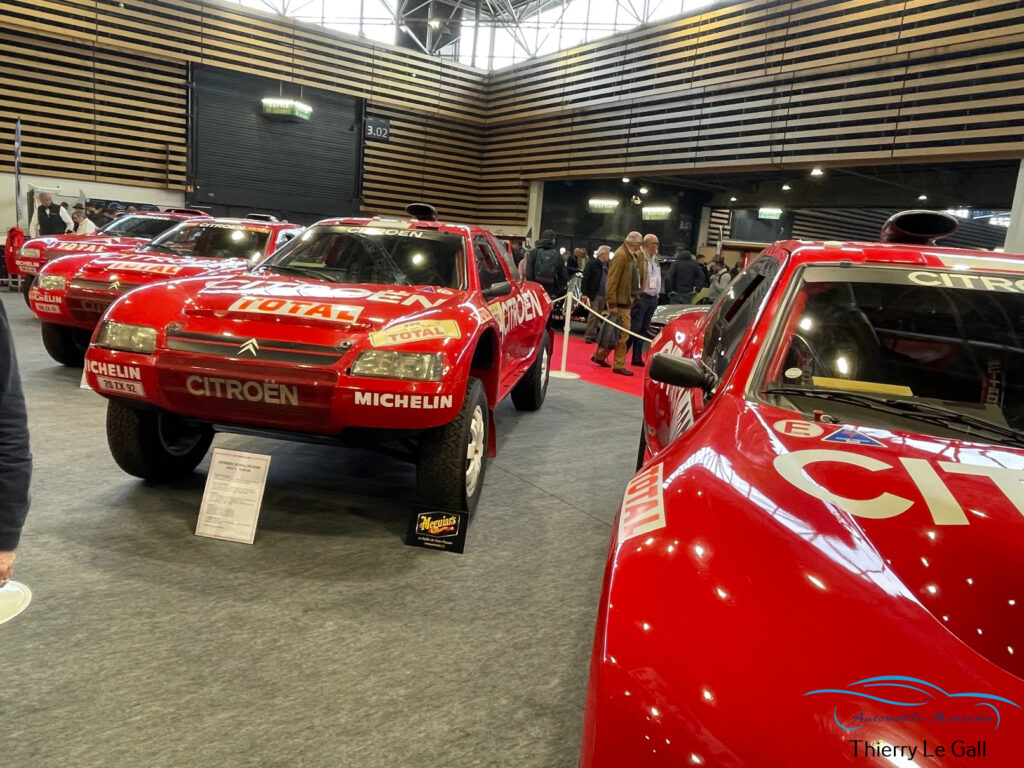
The line-up features some of the cars he drove, and an impressive collection of the Citroen rally raids and WRCs he led to victory.
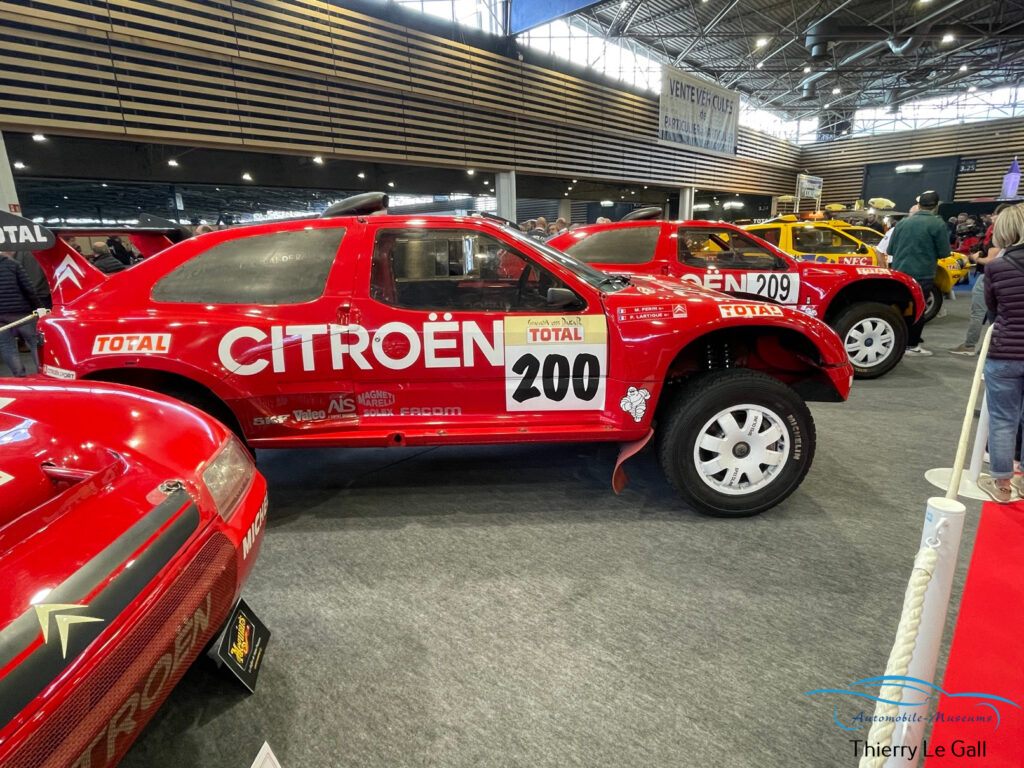

Formula 3
Autodiva (a magazine dedicated to motor racing history) presented a set devoted entirely to Formula 3 cars, from 1965 to 1970. The first step on the road to a career in F1, these frail single-seaters revealed many drivers: Jean-Pierre Beltoise, Henri Pescarolo, Jean-Pierre Jaussaud, François Cevert, Patrick Depailler, Ronnie Peterson, Peter Gethin, Niki Lauda and many others.




There were several well-known manufacturers, including Matra (the 1965 MS1, the first single-seater from Matra Sports), Brabham, Chevron, Cooper, Lotus and March, who also raced in F1, and lesser-known craftsmen such as McNamara, Merlyn, Pygmée and Tecno.





ELF
As every year, the French oil company presented a number of racing cars, testifying to its long involvement in competition. Comparing it with the F3s on the Autodiva stand, the 1987 RALT F3 showed just how far F3 design has come in less than 20 years. But the highlight of the show was of course the world-champion Williams-Renault F1.



Museums & Institutions
Several museums and institutions exhibited, including the local Henri Malartre museum, which presented a 1909 Rochet-Schneider, and also loaned one of its jewels, a Mercedes 300 SL “Gullwing”.
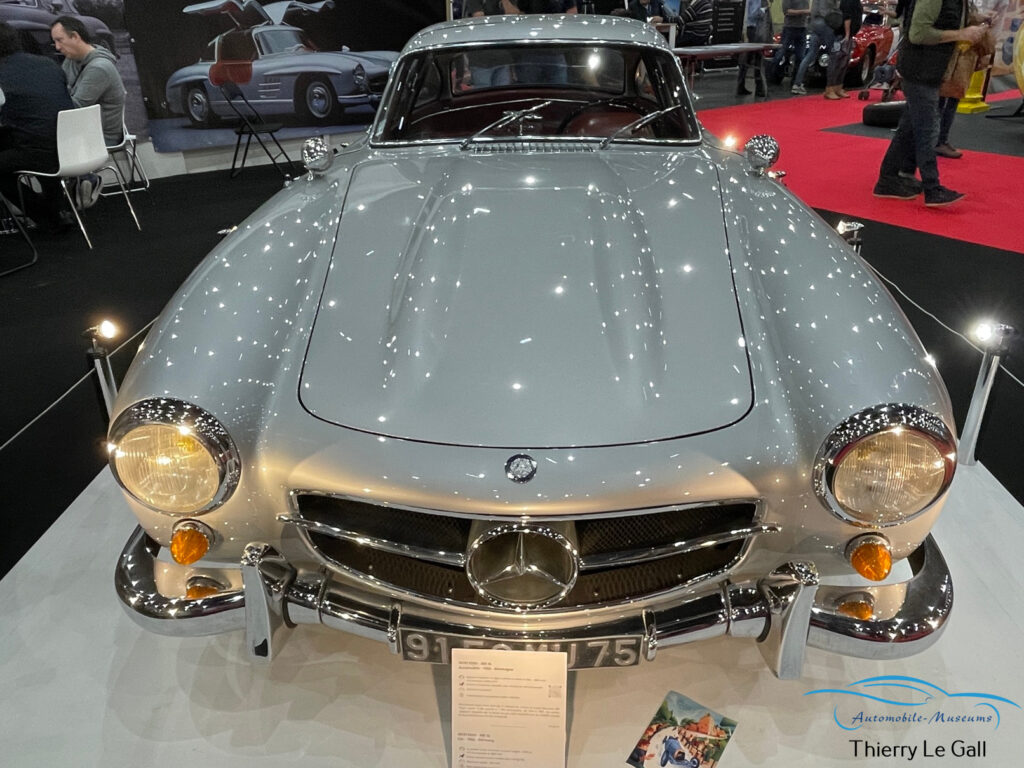
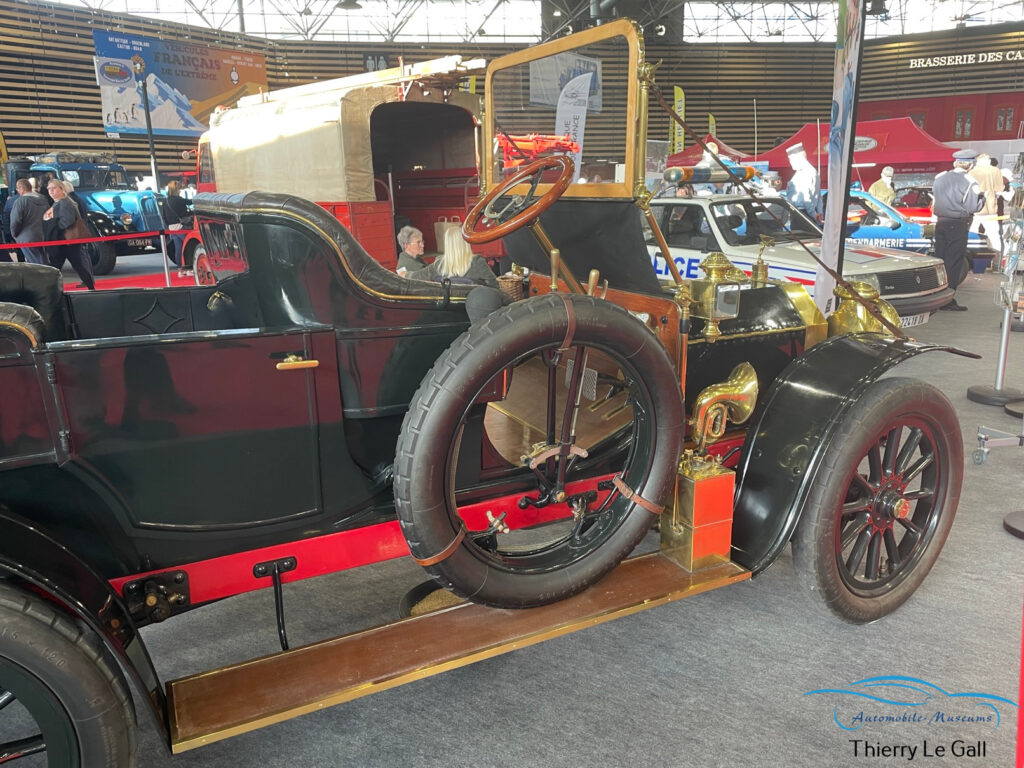
The gendarmerie and fire department brought along a number of vehicles and personnel, while the Berliet Foundation exhibited several trucks, including a tribute to Henri Verneuil’s film “100,000 Dollars in the Sun”, starring Jean Paul Belmondo and Lino Ventura.


Clubs
Numerous regional and national clubs exhibited, representing a wide variety of existing and defunct manufacturers. As always, Citroen could rely on its countless clubs, with each vintage or more recent model having its own fan club or clubs.




Particular mention for the C4-C6 Vintage Club, which presented its models in a snowy setting, with models dressed accordingly, a stand which received an award from the organizers. The “Traction Universelle” chose Jacques Deray’s film “Le Gang” starring Alain Delon to showcase the Traction.




The Maserati Owners Club also stood out with a 1937 6CM Grand Prix single-seater and a 1954 A6GCS / Sport 2000.
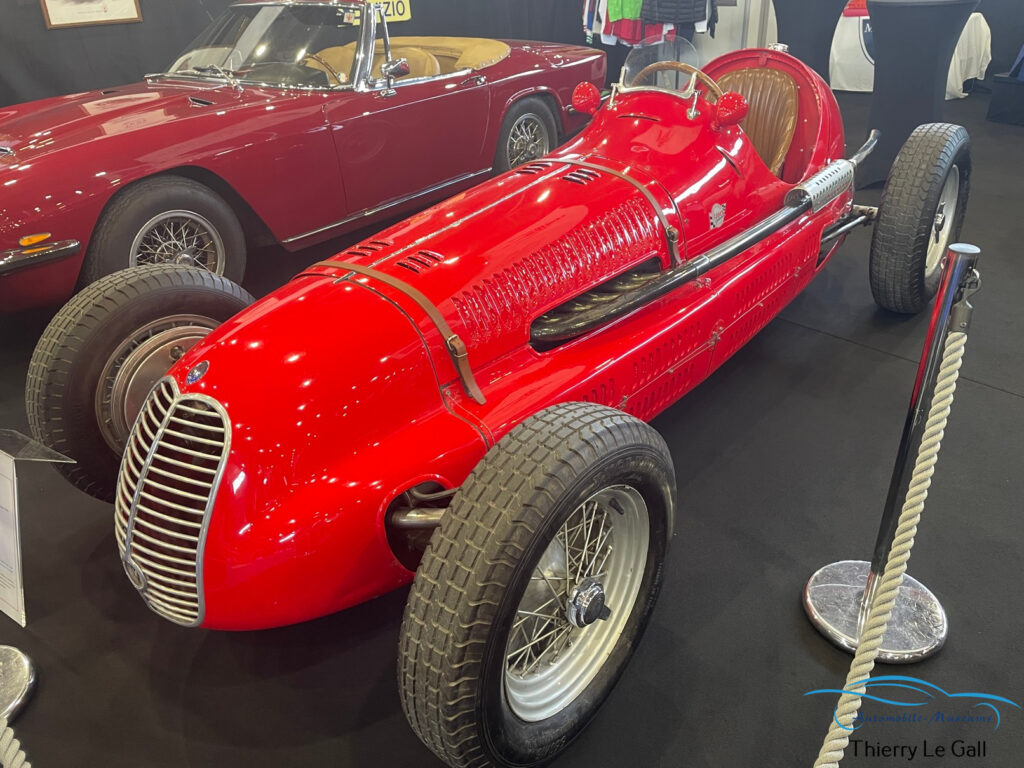

Merchants
Epoqu’auto is also an opportunity to do business or make new contacts, so classic car dealers were out in force. BR Motors and Atelier des Coteaux offered a wide choice of Jaguar E-Types, particularly convertibles, and XK 120, 140 and 150 roadsters.






Herve Chauvin Collection and Saga Classic were more Mercedes-oriented. In addition to several SL Pagode (230, 250 or 280) and a few more recent cars, the eye was drawn to a very handsome black SL 190 with red interior or 2 convertibles from the 1950s, a 220 A 1953 and a 300 B “Adenauer”.





There were also Mercedes SLS AMGs with spectacular gullwing doors at Saga Classic and Mecanicus, and a bright orange Lamborghini Diablo at CarJager. There are several Porsche specialists in the Lyon region, and the choice of 911s and Boxsters was vast.




Auction houses
Several auction houses active in the automotive world were present at the show. Bonhams announced its 2025 program with a Ferrari 250 for private sale. Aguttes presented a small selection from its Paris sale on December 1, featuring 2 Aston Martin convertible, a DB2 and a DB 4, as well as a rare and impressive Tatra 87 from 1948. Tatras are known for their distinctive V8 rear-engine architecture and aerodynamic design. The 3-piece windshield, large central headlight in the grille, and rear hood with a sort of shark’s fin make for spectacular styling.







The Osenat auction house presented the largest selection, since sales took place at the show. Among the lots on display were an Alpine A110 1600 S Group 4, a Facel Vega HK 500, a Corvette C1, a very rare Iso Rivolta IR 300, and an Oldsmobile F36 Coupé Business from 1936.







Conclusion
While this article focuses on cars, there were plenty of other things to admire at this year’s Epoqu’auto, with a hall devoted to motorcycles. Among the craftsmen and sellers of spare parts and accessories, books, magazines, scale models and clothing, as well as numerous artists offering works obviously based around the automobile, there was plenty to equip oneself or to bargain for, whether you’re an enthusiast, a collector or simply curious.






The photos on this page belong to Automobile Museums, no right of reproduction without the express permission of the platform.
